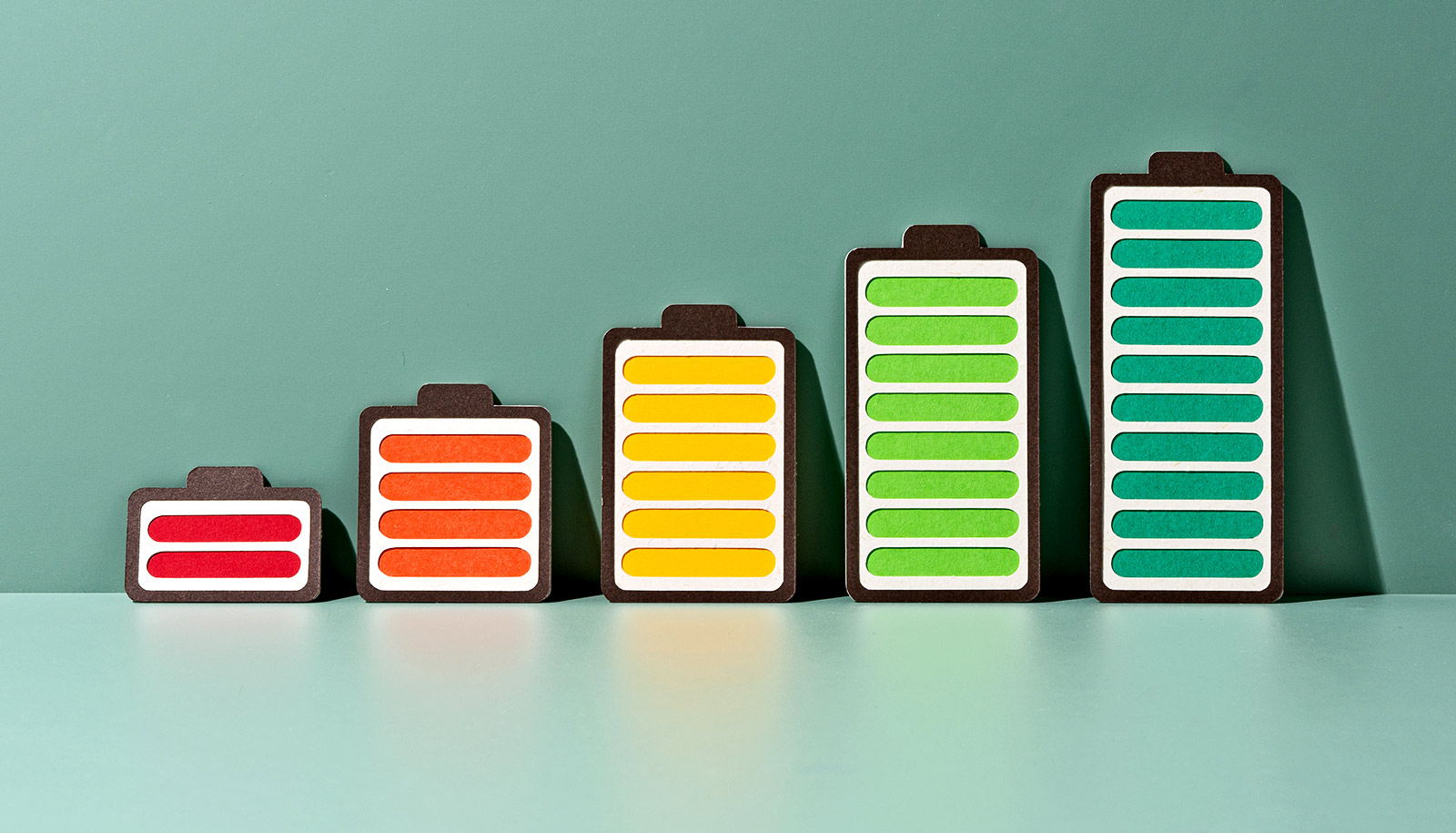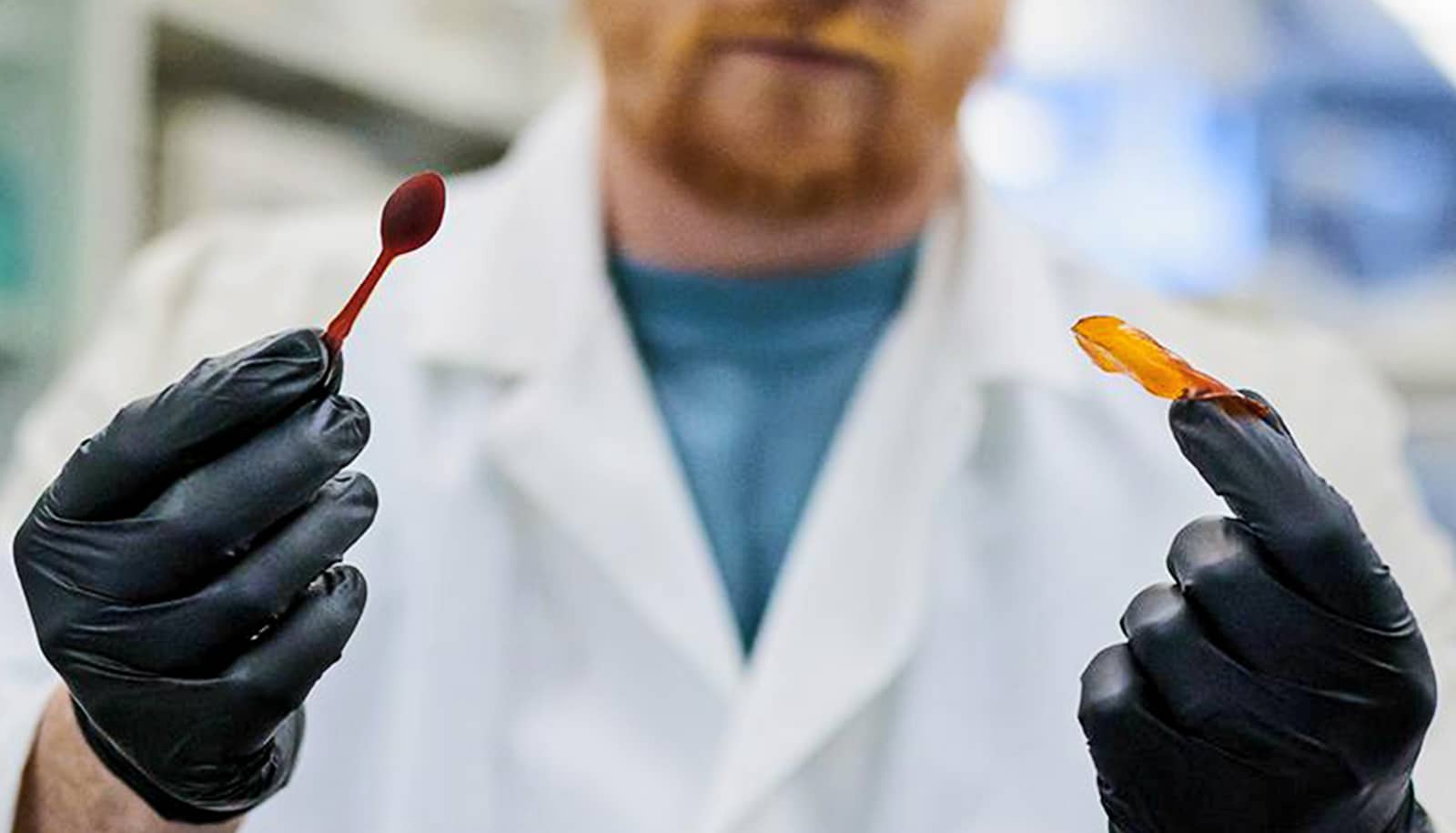A novel compound called 3Q conducts electricity and retains energy better than other organic materials currently used in batteries, researchers report.
“Our study provides evidence that 3Q, and organic molecules of similar structures, in combination with graphene, are promising candidates for the development of eco-friendly, high capacity rechargeable batteries with long life cycles,” says Loh Kian Ping, professor in the chemistry department at NUS Faculty of Science.
Rechargeable batteries are the key energy storage component in many large-scale battery systems like electric vehicles and smart renewable energy grids. With the growing demand of these battery systems, researchers are turning to more sustainable, environmentally friendly methods of producing them. One option is to use organic materials as an electrode in the rechargeable battery.
Organic electrodes leave lower environment footprints during production and disposal which offers a more eco-friendly alternative to inorganic metal oxide electrodes commonly used in rechargeable batteries.
The structures of organic electrodes can also be engineered to support high energy storage capabilities. The challenge, however, is the poor electrical conductivity and stability of organic compounds when used in batteries. Organic materials currently used as electrodes in rechargeable batteries—such as conductive polymers and organosulfer compounds—also face rapid loss in energy after multiple charges.
These 21 materials might stop battery fires in phones
To overcome these limitations, Loh and his research team synthesized a novel organic compound 3Q (π-conjugated quinoxaline-based heteroaromatic molecule) that has up to six charge storage sites per molecule in an effort to enhance its conductivity and energy retention.
When hybridized with graphene and used in an ether-based electrolyte, the team observed that the 3Q-based electrode displayed a high electrical conductivity of 395 milliampere hour per gram. It also exhibited a strong energy retention capability after multiple cycles of charge and discharge.
Source: National University of Singapore



